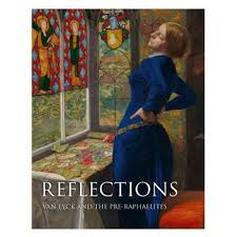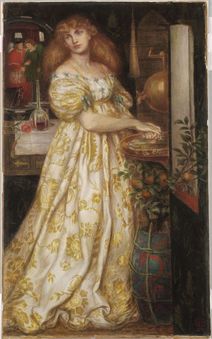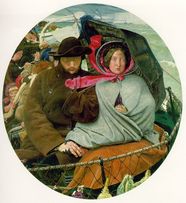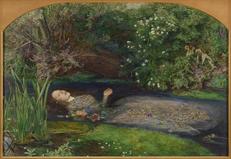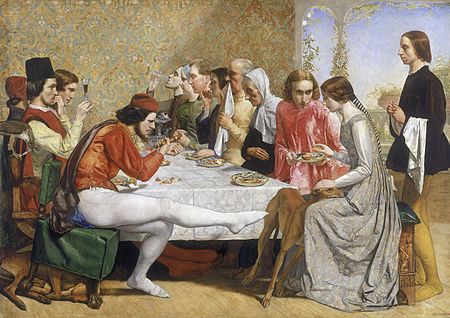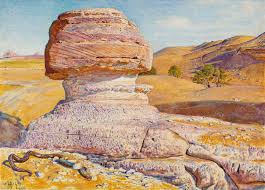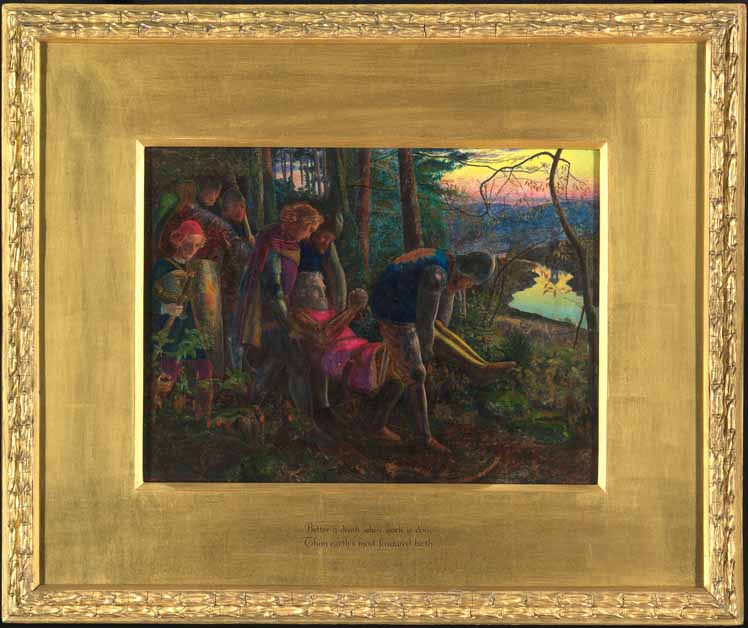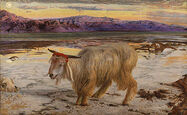go to Nature in all singleness of heart... rejecting nothing, selecting nothing and scorning nothing
John Ruskin
John Ruskin
|
All of the paintings on this page and in this part of the website were owned
by B G Windus, however, there are many more to be discovered. The year that JMW Turner died, 1851, was the year that Ophelia was painted by J E Millais. Generally recognised as the iconic work of the Pre-Raphaelite Movement, it was bought that year by the art dealer Henry Farrer for 300 guineas and sold to BG Windus, who became an early patron of the Movement.
BG Windus had been gradually selling his Turner collection and by late 1850s only had a few Turner paintings still in his possession. Windus's enthusiasm for the Pre-Raphaelites was not initially shared by John Ruskin, who was circumspect at the beginning but he soon recognised that they were following his precepts "Art is not a study of positive reality, it is the seeking for ideal truth." The Pre-Raphaelite Brotherhood (P.R.B) was founded by three young students from the Royal Academy: William Holman Hunt, John Everett Millais and Dante Gabriel Rossetti, later joined by James Collinson, F. G. Stephens, Thomas Woolner and William Rossetti. They admired the art before Raphael, which they considered to be truthful, not overblown, dramatic and mired in academic convention. Their aim was to create a new style of painting which focused on medieval subjects, artistic introspection and beauty, drawing inspiration from the visual arts and literature. Their colourful paintings were full of symbols and literary references, were sensitive to social issues and closely observed the natural world.
We were really like brothers, continually together and confiding to one another all experience bearing on questions of art and literature and many affecting us as individuals. We dropped using the term “Esquire” on letters, and substituted “P.R.B.” … There were monthly meetings, at the houses and studios of the various members in succession; occasionally a moonlight walk or a night on the Thames … Those were the days of youth, and each man in the company, even if he did not project great things of his own, revelled in poetry or sunned himself in art. W. M. Rossetti, 1895 The Pre-Raphaelites helped to popularise the notion of ‘art for art’s sake’. However their ideas were not universally welcomed, with Oscar Wilde noting that they possessed ‘three things the English public never forgives: youth, power and enthusiasm’. |
Mariana and Lucrezia Borgia, below, were in an exhibition at the National Gallery in 2018 -
Reflections: Van Eyck and the Pre-Raphaelites |
Despite the dissolution of the Brotherhood after only a few years, there was a second phase which included William Morris, Edward Burne-Jones, Arthur Hughes and Valentine Prinsep. Ford Madox Brown was close to the brotherhood though not a member of it.
If you want a golden rule that will fit everything, this is it:
Have nothing in your houses that you do not know to be useful or believe to be beautiful.
William Morris
Have nothing in your houses that you do not know to be useful or believe to be beautiful.
William Morris



